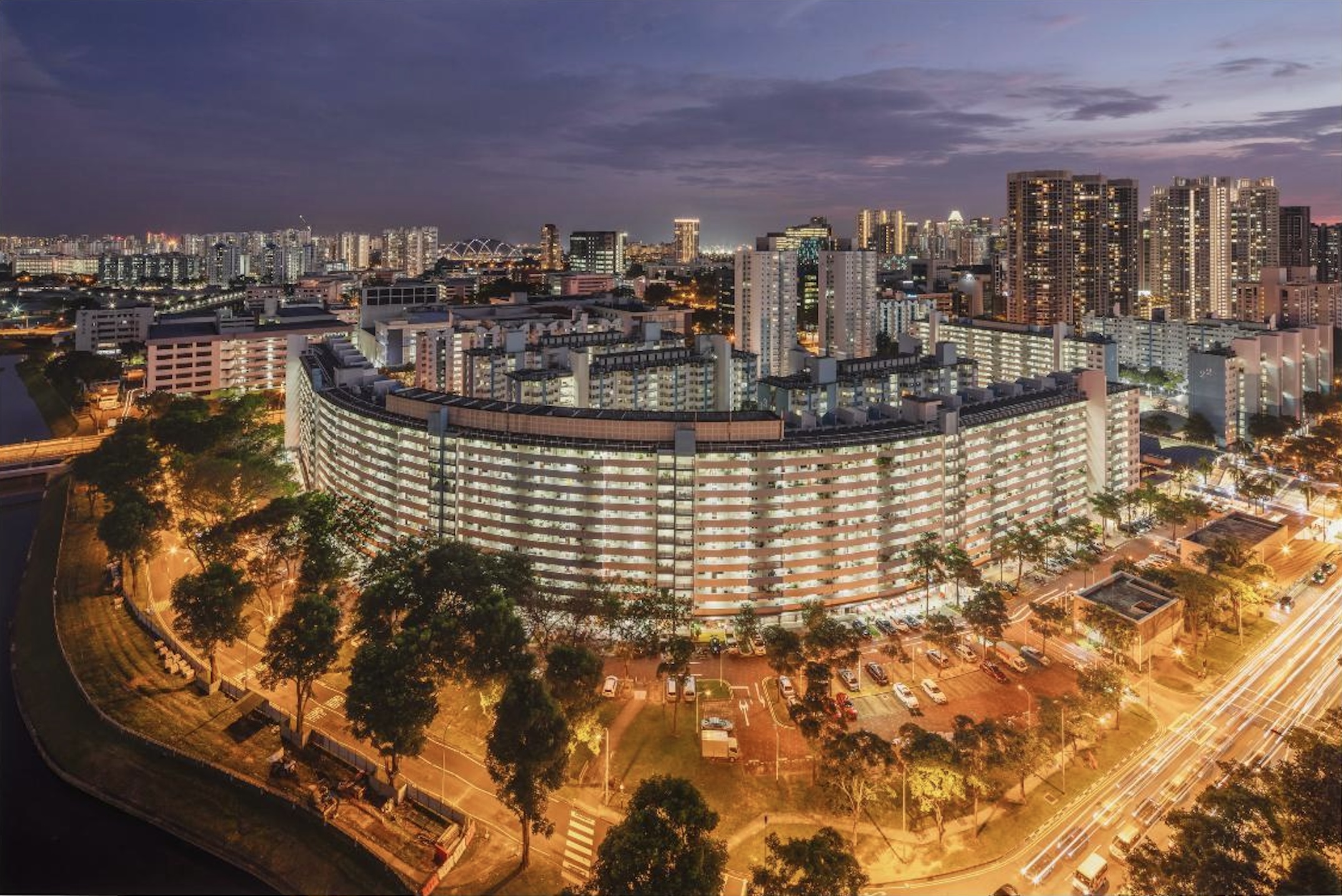Whampoa

Whampoa is a housing estate in the Balestier precinct named after Singapore's early migrant Hoo Ah Kay, better known as “Whampoa” (Huangpu) after his hometown in Canton (Guangzhou), China. He was the first and only Chinese to be an extraordinary member in the Executive Legislative Council, as well as the consul in Singapore for Russia, China and Japan in the 1800s. He was also remembered for donating a 23-hectare piece of land for the establishment of the Botanic Gardens in 1859, which later became Singapore’s first UNESCO World Heritage Site in 2015.
In the 1800s, the Whampoa estate was used as quarters for Indian convict labourers and burial grounds for immigrants and patients from the nearby squatters and hospitals. The land cornering Balestier and Serangoon Roads was designated for the Chinese Paupers Hospital, later known as Tan Tock Seng Hospital. In the 1900s, private enterprises and shophouses started to emerge in the area. The precinct started to evolve into a residential neighbourhood when the first public housing built by the Singapore Improvement Trust (SIT) began construction at Lorong Limau in 1932. By the 1970s, as villagers were resettled into housing estates, the new flats replaced most of the SIT units at Whampoa, Rayman and Lorong Limau estates.
As one of the older estates in Singapore, those housing blocks in Whampoa built in the 1970s were mainly long slab blocks consisting of basic, small flats lined along a common corridor. These were easy and quick to construct, and were thought to be good for keeping Singapore’s “kampong spirit” alive. Block 34 Whampoa West, completed in 1971, is one of the longest Housing & Development Board (HDB) slab blocks in Singapore at 320 metres. Another prominent landmark is a dragon fountain built in 1973 located at Whampoa Drive. At four-metres high and cladded with pieces of porcelain shards and glass, the dragon is depicted as soaring into the sky.
Today, the Whampoa neighbourhood is known for offering a taste of history, culture and nature. It is also known for its good food – foodies from all over Singapore make a beeline for the hawker fare at the Whampoa Makan Place or the many eateries in the area.
More recently, the Whampoa Park was built between Whampoa Road and Whampoa River, offering a green, open space with playgrounds, a pet park and a ninja challenge course for youths. Located just next to the Whampoa Community Club and the Whampoa Park Connector, the park offers a recreational space with facilities that cater to all ages. The Whampoa River is revitalised with gabion walls planted with creepers, a rain garden along the sidewalk and other landscaping features such as planters and cantilever decks that bring residents closer to the water.
What are some of your Whampoa memories? Share with us in the comments below!
#Singapore #OurNeighbourhood #Whampoa #Heritage
Image credit: Roots Singapore. Image of Whampoa West Block 34.

